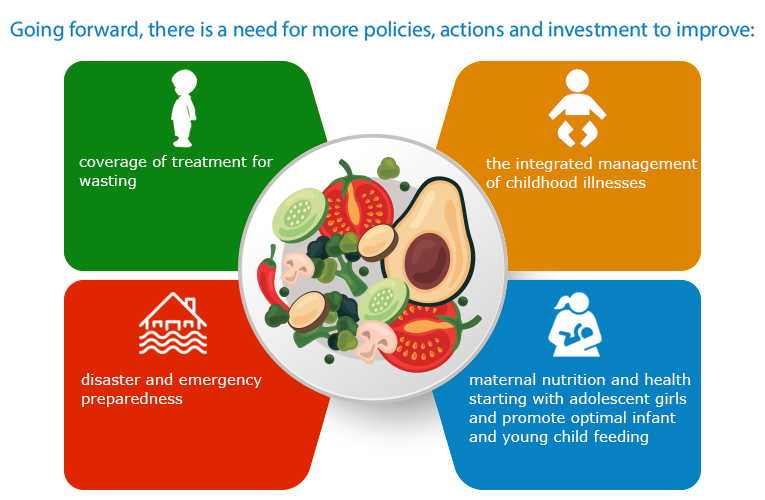
School Emergency Kits: Comprehensive Safety Solutions for Every Classroom
Student Emergency Kit with Water Pouches Unishield
Yes, all food and water in the kit are shelf-stable and designed to last several years without refrigeration. Yes, the contents are stored in weather-resistant bags, ensuring they remain protected and usable in various conditions. Most kits are lightweight and portable, typically weighing between 10 and 20 pounds depending on the contents. Kits should be stored in easily accessible locations, such as near classroom doors or in a central emergency supply room, where they can be quickly grabbed during an emergency. Some advanced kits may include hand-crank or battery-powered radios to receive emergency broadcasts and updates during a crisis.
- But this simple act of prepping ensures that I’ll be happier and more comfortable than I might otherwise be—and that I’ve got the tools I need to help others in the ways I already know I’m able to.
- Yes, it’s important to replace food and water as they expire, usually every 3 to 5 years, to ensure the kit remains fully stocked and safe to use.
- All-hazards prepping is also helpful in being realistic about the risks you face and prepping for them specifically.
- If you have comprehensive emergency kits that include emergency supplies, and can alert emergency responders, chances are, you'll be safe.
- Some kits can be customized to include additional items, such as special medical supplies for students with allergies or other medical conditions.

lockdown items
It's essential to assess different brands and choose kits that meet your school's specific needs and budget. Yes, schools can add extra supplies such as medications, additional food, water, or personal hygiene items based on the needs of the students and staff. It’s recommended that each classroom have its own emergency kit to ensure there are enough supplies for all students and staff during an emergency. Yes, most kits include hygiene products such as hand sanitizer, wet wipes, and tissues to help maintain sanitation during emergencies.
What should be done with a kit after it's used in an emergency?
Regularly check expiration dates on food, water, and batteries, and inspect the kit for any damage or missing supplies. Yes, it's essential to replace food and water when they expire, usually every 3 to 5 years. If you have a car, you can also stock a larger kit in your vehicle—which can help you prepare for road-side emergencies, too.
Yes, school emergency kits are designed for both sheltering in place and evacuations, with portable supplies that can be carried easily. These kits may include mobility aids, medications, and communication tools tailored to individual needs. Schools and parents can collaborate to ensure kits are inclusive and effective during emergencies. Many school emergency kits include dust masks to protect against smoke, dust, or debris during emergencies. On average, these kits range from $50 to $200, offering cost-effective solutions for schools seeking to enhance safety preparedness. Customized kits for specific needs may have additional costs but ensure every classroom is equipped with essential supplies for emergencies.
